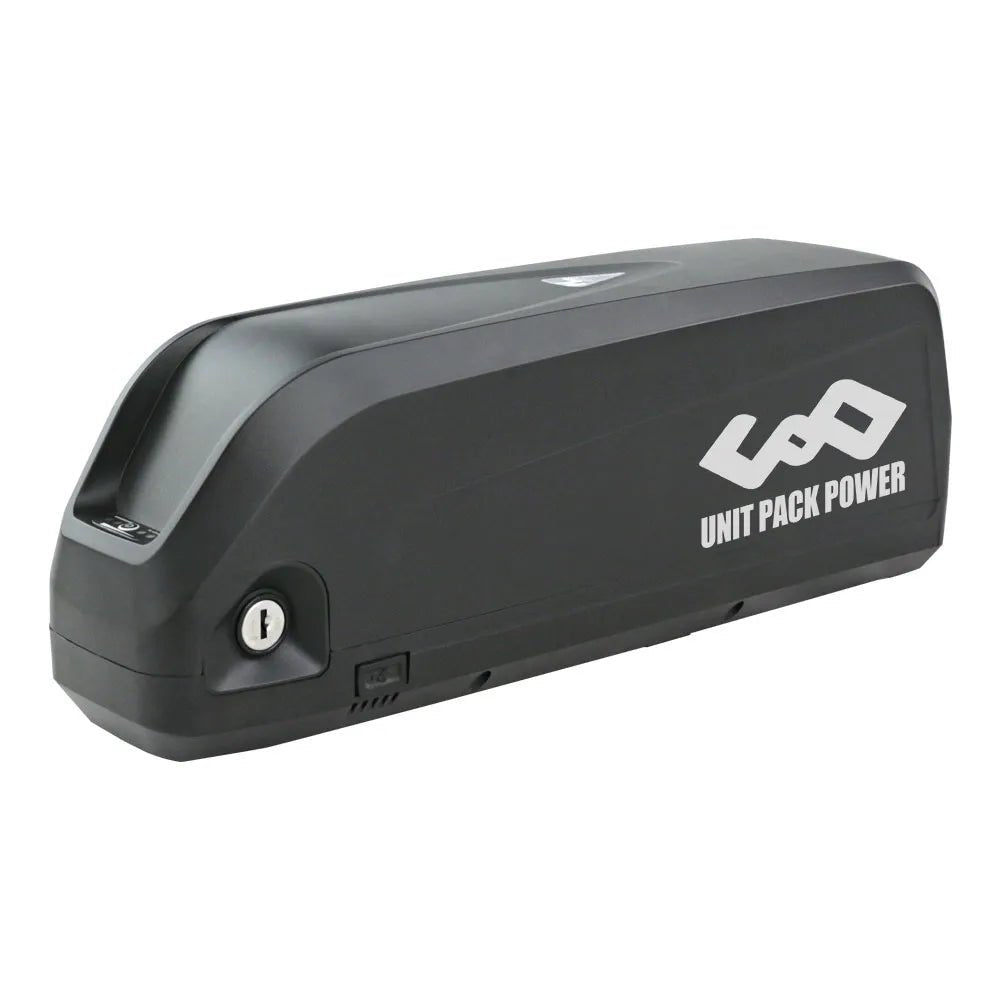Chalo
100 TW
No, because the controller can do voltage conversion to trade volts against amps unless it's limited by the supply of one or the other.Would each phase current in a BLDC be like 1/3 of the controller's max current?
No, because the controller can do voltage conversion to trade volts against amps unless it's limited by the supply of one or the other.Would each phase current in a BLDC be like 1/3 of the controller's max current?
Would each phase current in a BLDC be like 1/3 of the controller's max current?
I think it depends on the condition (load, speed, etc.) and the controllers ability to provide phase amps. Note, this is opinion, based on reading different articles and posts and playing with the simulator to understand how my specific bike performs or can perform, but there are several folks on this forum that could explain it better than I can, and the technical aspects of these observations.No, because the controller can do voltage conversion to trade volts against amps unless it's limited by the supply of one or the other.
What's your thoughts chaps ?
48V 20AH BMS 40A Samsung 50E 3500mAh cells li-ion Ebike battery
48V 20AH BMS 40A Samsung 50E 3500mAh cells li-ion Ebike battery UK Stock Fast Delivery Product details: Model U009 Battery type Li ion Battery Rated Voltage 48V Rated Capacity 20Ah Battery cell Samsung 3500mAh Dimension(mm) 385*97*120 Battery weight 6 KG BMS current 40A Max.charge current 5 A...ebikesolution.co.uk
Would this be OK?
It's a typical inexpensive battery made out of vape/flashlight cells. It's from a known and prolific e-bike battery seller that has mostly upheld a reputation for good-enough products. Construction quality is expedient, BMS is primitive unless you get a custom upgrade (which I think they will do if you ask).What's your thoughts chaps ?
I think requesting the BMS upgrade probably helps in more ways than one. When I bought my last (2nd) UPP battery off of eBay, the tech/rep called me a day later, from China (I was looking at my phone, wondering who would be calling me from China). Anyway, we had a brief conversation about my system, and the cells and BMS, and eventually just confirmed that I was getting the right battery. I think they may have been subtly seeing if I would switch to LG cells instead of the Samsungs, but only by offering. My guess is they had more LG packs on hand. I don't know if they had to construct my pack when I ordered it, but it's been reliable and construction seems OK (sags no more that would be expected from 35E cells). I suspect if you custom order a balancing bluetooth BMS, that it wouldn't just be something off the assembly line, and perhaps more like buying a Wednesday car vs one built on Friday afternoon.It's a typical inexpensive battery made out of vape/flashlight cells. It's from a known and prolific e-bike battery seller that has mostly upheld a reputation for good-enough products. Construction quality is expedient, BMS is primitive unless you get a custom upgrade (which I think they will do if you ask).
lots of posts and pages about that2 controllers will work with one throttle


 ebikesolution.co.uk
ebikesolution.co.uk

 ebikesolution.co.uk
ebikesolution.co.uk
Kt controller ?? Where can I find one of those, this is the battery spec I have purchased,You will be better off using a KT controller and make sure it’s not too big for your battery and motors.
The controller you linked to is 40 amps. Can your battery deliver that much current? And can your motors run at 2kW without overheating?
Thanks pal, what do you think of this controller ?If you are going to replace the controller you should get a decent one with a good display. That’s why I suggested KT because they are reliable, aren’t expensive and easy to configure. There are many other good controllers, some are very expensive and not necessary for either of your motors.
The controller you have is widely used, but not as good as a KT and you have no way to configure it without a display.
You just need to decide how many amps you want it to supply and size it accordingly.
KT controllers can be configured to limit the current to 50%. So if you buy a 35 amp controller that matches your battery, you can limit it to 17.5 amps to protect your motors.
So in future if you decide to run your motors at higher power levels you won’t have to buy another controller.
Also running a controller below it’s maximum capacity means it runs cooler and won’t blow up.

 ebikesolution.co.uk
ebikesolution.co.uk
